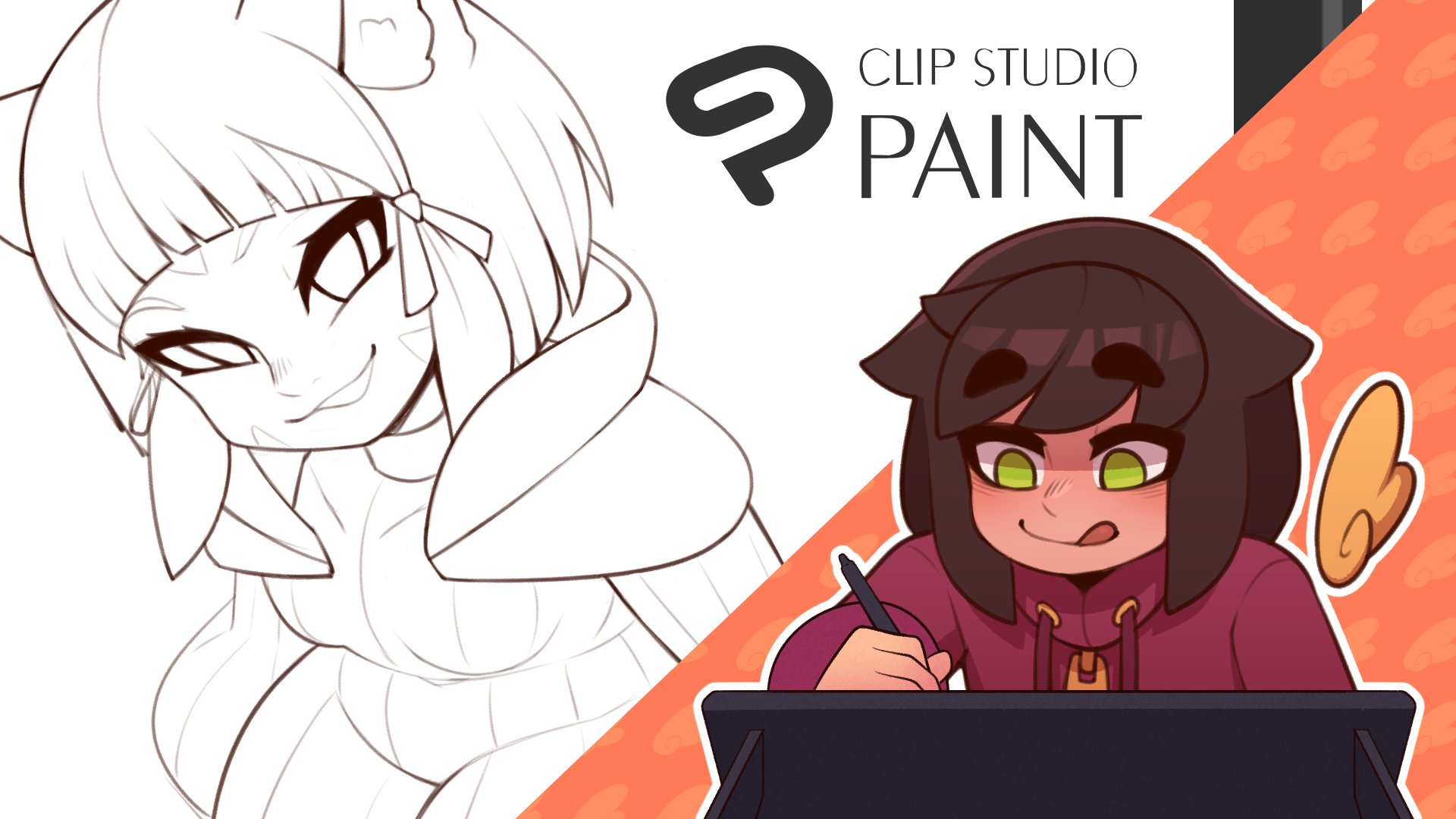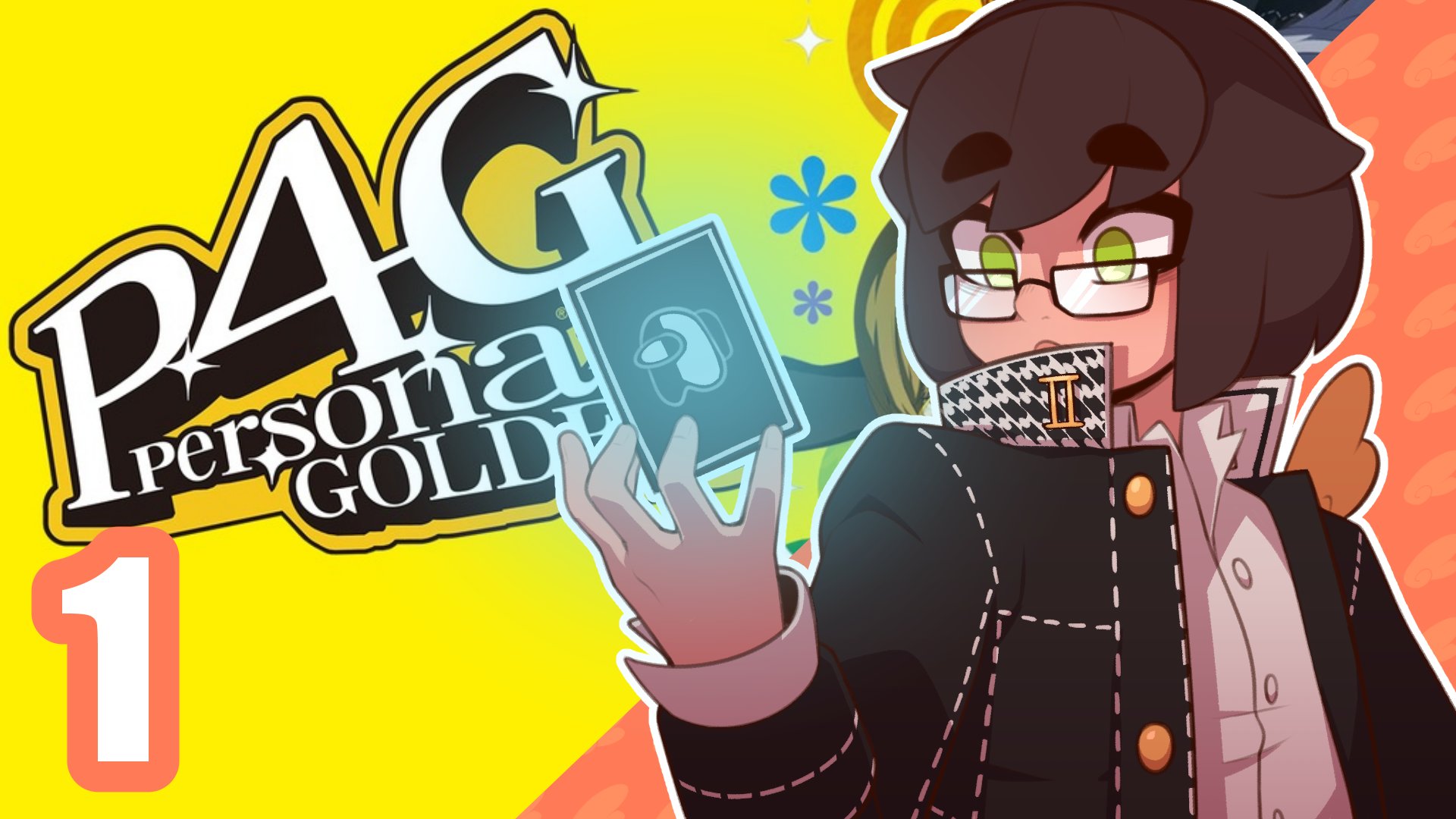There is a kind of art that truly speaks to people, and for many, that special connection happens with Shinki art. It is almost as if each piece offers a little window into a world where imagination meets familiar characters, all brought to life by someone who really understands how to draw. This particular style, created by an artist named Shinki, tends to capture hearts, making you feel a bit more connected to the stories and figures you already enjoy.
You see, this is not just about drawing pictures; it is about sharing a personal touch, a unique way of seeing things. Shinki, the artist, puts their own spin on characters, giving them a fresh feel while still keeping what makes them recognizable. It is a very thoughtful process, one that often brings out new ways to appreciate beloved figures from popular stories.
And so, this kind of creative work often sparks lively conversations and shared moments among people who follow these stories. It becomes a central point for fans to gather, talk about what they see, and even come up with their own ideas about the characters. This whole experience, you know, makes the art feel like a living, breathing part of the larger fan community.
Table of Contents
- The Artist Behind Shinki Art – A Creative Voice
- The Journey of Shinki – Crafting Unique Pieces
- What Gives Shinki Art Its Special Look?
- The Visual Elements of Shinki Art
- How Does Shinki Art Inspire Fan Theories?
- Deepening Connections Through Shinki Art
- Is Shinki Art a Reflection of Broader Narratives?
- Why Does an Artist Revisit Shinki Art?
The Artist Behind Shinki Art – A Creative Voice
There is a person, an artist, who goes by the name Shinki, and they are quite a creative force. This individual is not just someone who draws for fun; they are also a freelance animator. That means they work on projects for different clients, bringing characters and stories to life through moving pictures. It is a pretty demanding line of work, actually, requiring a good eye for detail and a steady hand. Shinki's art, the still images they create, really gives you a sense of their skill and passion for this kind of visual storytelling. They hope people like what they make, which is, you know, a very common feeling for anyone putting their work out there for others to see.
The Journey of Shinki – Crafting Unique Pieces
The path of an artist is often a personal one, and for Shinki, it involves a blend of drawing and animating. Creating Shinki art means putting a piece of oneself into every line and shade. It is about taking inspiration from stories and characters that resonate, then transforming those ideas into something new and visually interesting. As a freelance animator, Shinki likely has to adapt to different styles and demands, but their personal art, the Shinki art pieces, probably offer a space for pure, unbridled creative expression. It is a way to share a particular view, a feeling, or a moment, all through drawn images.
| Known As | Shinki |
| Occupation | Artist, Freelance Animator |
| Primary Focus | Creating unique visual interpretations of characters and stories |
| Audience Connection | Seeks appreciation for their works from viewers |
What Gives Shinki Art Its Special Look?
So, what exactly is it about Shinki art that makes it stand out? It often comes down to the choices an artist makes about how things look. For instance, in some pieces, the way shading is handled can really change the whole feel of a character. There is one example where a more consistent, single-color shading style makes a character's eyes appear, well, quite stern or even a little threatening. That kind of decision, you know, adds a lot of personality to the image.
The Visual Elements of Shinki Art
When you look closely at Shinki art, you start to notice these specific visual touches. Take, for example, the way certain parts of a character, like what someone might call "wings" behind a figure, are drawn. Even if the proper word for them is not immediately obvious, the way they are shown, perhaps as part of Shinki's iron sand ability, really makes an impression. It shows a careful thought process in depicting these elements, adding to the character's overall visual presence. This attention to small details, like a character's child design or even something as specific as Gaara teaching Shinki about life using cacti, his favorite plants, indicates a genuine appreciation for the source material. It is that kind of deep understanding that often makes Shinki art feel so authentic and true to the characters it portrays.
How Does Shinki Art Inspire Fan Theories?
It is pretty cool how Shinki art can get people thinking and talking. When an artist draws a character or a scene, they are, in a way, adding to the ongoing conversation around that story. This can really stir up discussions among fans, leading to all sorts of ideas and theories about what might happen next or what a character's true motivations could be. It is a very active way for people to engage with their favorite fictional worlds.
Deepening Connections Through Shinki Art
You see, a good piece of Shinki art does more than just look nice; it can make you wonder. For instance, if you have been really interested in some older story details, like the PC-98 lore from certain games, seeing art related to those characters can make you think about what happened to them. People start asking questions like, "What if this character did that?" or "Could this event have led to something else?" These sorts of questions, you know, often lead to lively debates and shared fan theories within online communities. It is a way for people to connect over shared interests and explore possibilities that the original stories might not have fully explained.
Is Shinki Art a Reflection of Broader Narratives?
Sometimes, Shinki art also touches upon bigger ideas about the stories it draws from. For example, in a popular series like Boruto, there are often discussions among fans about how certain characters are used. People might notice that, apart from a couple of central figures like Boruto and Kawaki, many other characters do not get a lot of screen time or significant plot points. Sarada, for instance, is thought to be a really important character, yet at one point, it had been a very long time, like over twenty chapters, since she last had a major moment.
This kind of observation, you know, feeds into how fans see the story and how artists like Shinki might choose to depict these characters. Shinki art can, in a way, give these less-featured characters a moment in the spotlight, allowing fans to imagine them in different scenarios or highlight aspects of their personalities that the main story might overlook. It is a subtle way for art to comment on, or even expand upon, the narratives people follow.
Why Does an Artist Revisit Shinki Art?
It is a pretty common thing for artists to go back to their older works and give them a fresh look. Shinki, the artist, decided to "retouch" some of their old Shinki art, which is a really interesting part of the creative process. This is not just about fixing mistakes; it is often about growth. An artist's skills develop over time, their style changes, and they learn new techniques. So, going back to an older piece is a chance to apply those new insights and make it even better.
This act of revisiting old Shinki art shows a dedication to improving and refining one's craft. It is like looking at a snapshot from the past and deciding how you would paint it today, with all the experience you have gained. It can make an already good piece even more striking, perhaps by adding more depth, refining colors, or just making the overall composition feel more polished. It is a testament to the artist's ongoing journey and their desire to always present their best work.
The article explored Shinki art, looking at the artist Shinki's creative work and their journey as a freelance animator. It covered the visual aspects that make Shinki art distinctive, including specific shading choices and detailed character portrayals. The discussion also touched on how Shinki art encourages fan theories and community conversations, and its connection to broader narratives within popular stories like Boruto. Finally, the article examined the reasons an artist might choose to retouch their older Shinki art, highlighting artistic growth and refinement.



